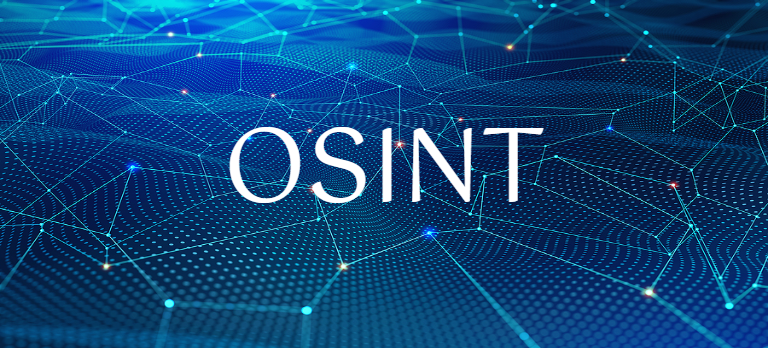A recent report from the National Association of State Chief Information Officers, Generating Opportunity: The Risks and Rewards of Generative AI in State Government, highlighted the many ways state and local agencies are adopting generative artificial intelligence (Gen AI) to help ease staffing shortages and improve citizen service.
Early, low-risk uses of Gen AI include transcribing meetings, managing and generating documents, and generating software code. These applications allow agencies to see the strengths and weaknesses of AI solutions, and can inform future implementations.
In addition to building familiarity and comfort with AI, agencies must also invest in data projects to ensure that future, citizen-facing implementations are trained on and using the cleanest and most recent data available. The report suggested that CIOs could collaborate with chief data officers to develop data governance and retention policies to make sure data is clean and reliable for use. With this careful planning, GenAI holds great promise to streamline processes such as program eligibility determination and policy assessments.
AI pilots and full implementations are rolling out across the country with many interesting and varied use cases.
- Utah is looking to GenAI as a key assistant for staff in the state’s tax commission call center. Their goal is to use information from tax laws, tax websites, and training manuals to train AI to provide agents with “more contextually rich, fact-based information,” according to Utah’s CIO.
- Alaska’s Department of Revenue is looking to AI as a key part of their modernization of the state’s Permanent Fund Dividend program. This program invests natural resource revenues derived from state land. The earnings are then shared annually with eligible Alaska residents as dividends. More than 630,000 Alaskans are eligible for distribution and the use of AI could speed the eligibility confirmation while also improving fraud detection. An analyst will still review the determinations of the system to ensure accuracy.
- Orleans Parish in Louisiana is looking to utilize AI to triage 911 calls. If there is a specific incident, the 911 center can get overwhelmed with people reporting the same thing. Utilizing AI, dispatchers could indicate a known incident on a map and then when anyone from that area calls in they could get a recorded message asking if they are calling about the same incident or something else. Those callers could be routed to a system where they could leave a message or report additional details about the known incident, or speak to a live operator to help with unrelated emergencies.
For more examples of Gen AI applications in state and local agencies, check out these resources from GovWhitePapers and GovEvents:
- Artificial Intelligence and Regulatory Enforcement (white paper) – Government agencies are increasingly turning to AI to enhance regulatory enforcement, offering efficiency gains and improved targeting for compliance efforts. However, these advancements come with concerns about bias, transparency, and accountability in decision-making. Maintaining public trust will require robust oversight, meaningful human review, and transparent policies to ensure fairness and legitimacy.
- How to Responsibly and Effectively Use Artificial Intelligence in Government (white paper) – The overarching goal of improving citizen experience is a shift to seeing citizens as customers and implementing private sector-type practices in responding to requests and needs. While there may not be an alternative for citizen customers to choose when it comes to government services, agencies must adopt the competitive mindset of the private sector in how they deliver services to build trust in government.
- Work, Workforce, Workers: Reinvented in the Age of Generative AI (white paper) – The impact and importance of what people do with generative artificial intelligence (AI) today and tomorrow cannot be understated. In this age, Gen AI is influencing more than just productivity; it’s impacting processes across the value chain, changing the work itself.
- AI-Powered Automation that Serves Your Mission for Efficient Government (April 8, 2025; webcast) – Government agencies are under constant pressure to do more with less: improve services, reduce costs, and navigate complex security and compliance requirements, all while remaining forward-thinking. This webinar will show you how AI-powered automation can be the solution to enhancing efficiency – without requiring a complete overhaul—and ensuring that every technology investment delivers real, measurable value.
- AITalks (April 24, 2025; Washington, DC) – AI is set to revolutionize government operations and services in ways that no technology before it has. Hear top government leaders, tech innovators, and industry experts explore the transformative potential of artificial intelligence in the public sector space.
- Maryland Digital Government Summit 2025 (June 9, 2025; Hanover, MD) – This event brings together public sector leaders and technology professionals to explore innovative solutions to solve government problems. Key themes include cybersecurity, digital transformation, AI implementation, data governance, and fostering collaboration across multiple stakeholders.
Search GovWhitePapers and GovEvents to learn more about applying Gen AI in government.










